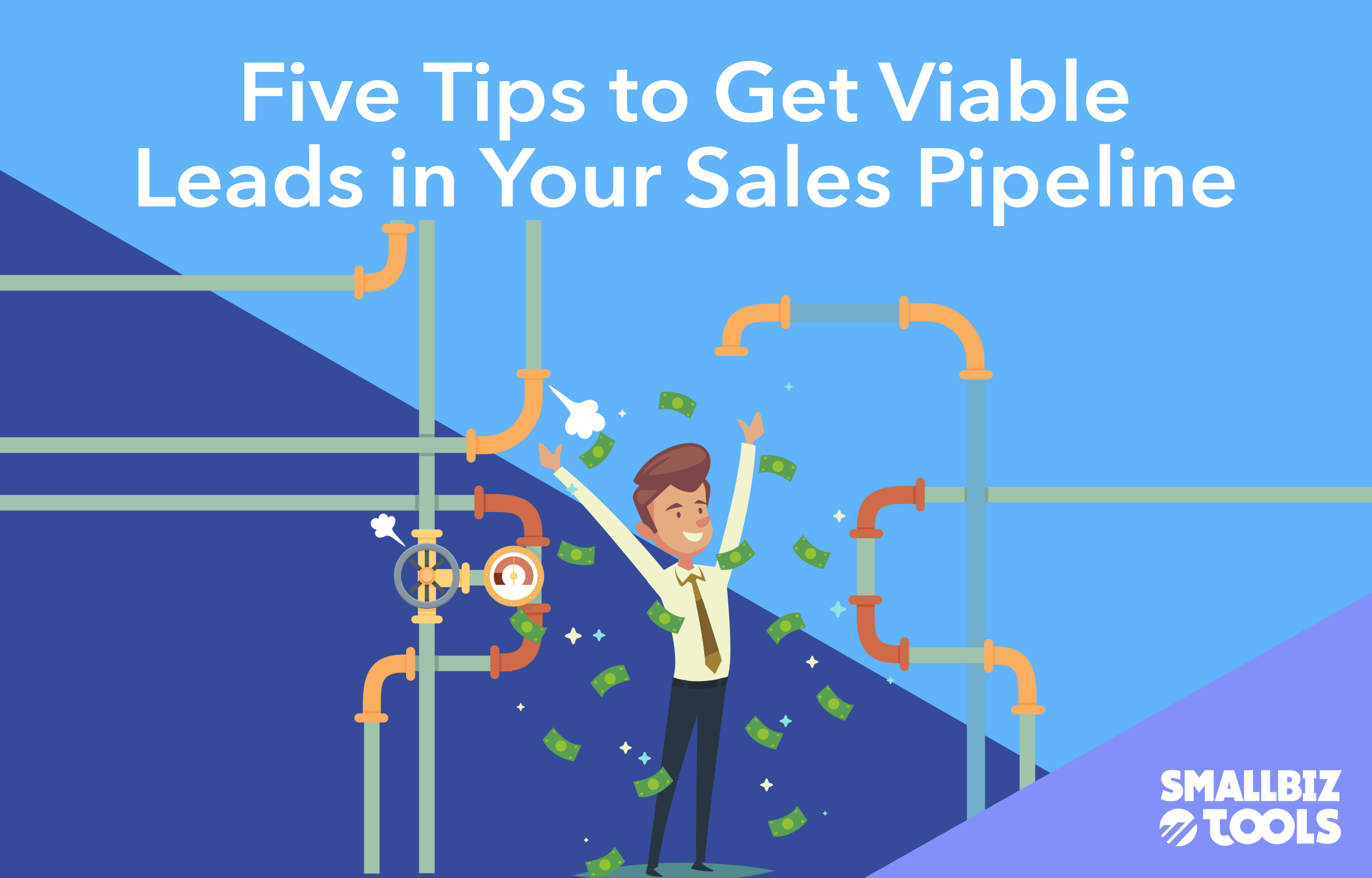LAST UPDATED ON October 9, 2020
Five Tips to Get Viable Leads in Your Sales Pipeline
Show of hands, who has enough sales and viable leads in their pipeline? Chances are, you could do with a few more.

Show of hands, who has enough sales and viable leads in their pipeline? Chances are, you could do with a few more. As a sales team, you can never have enough of them.
But every prospect is going to be at a slightly different point in the buying cycle, and not every lead in the pipeline is going to convert into a customer. So, cultivating and maintaining a healthy sales pipeline is critical for sales teams that need to hit ambitious growth targets. SMB owners and startup founders are equally motivated to achieve revenue targets.
In this article, we cover five things you can do today to increase the number of viable leads in your sales pipeline.
Get CrankWheel’s sales eBook, helping you to convert leads more effectively.




